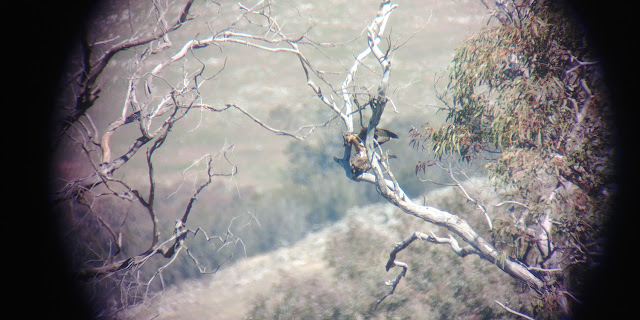A summary of four years study

The study group have recently completed a four-year report of the findings so far from the Little Eagle study. Here is a summary of the report submitted to Ginninderry Joint Venture and the whole can be read on their website at: https://ginninderry.com/wp-content/uploads/2021/07/LE-report-2017-2020-Ginninderry70.pdf .
The Little Eagle Hieraaetus morphnoides is listed as Vulnerable in the ACT
and NSW and has nested in the Ginninderry area. Ginninderry Joint Venture
joined and has partly funded a cooperative study of the Little Eagle in the ACT
and nearby NSW since its inception in 2017. The project aims to gain insight into
the bird’s population in the ACT, its breeding ecology and movements, how the
birds use the proposed Ginninderry development area, and provide information to
guide conservation of the species.
Main points
A minimum of 15 Little Eagle territories were identified in the ACT. There were minima of 9 pairs in 2017, 2018 and 2020 and 10 in 2019. The whole of the ACT was not surveyed and it is likely that there were more, undetected, breeding pairs. Six territories were identified in nearby NSW and there were minima of two pairs in 2017, five in 2018, four in 2019 and five in 2020.
The annual mean number of chicks that fledged per pair with a nest in the ACT was 0.40, range 0.30-0.55, and 15 chicks were reared over the four years. In NSW, the mean fledging success was 0.67, range 0.50-0.80.
397 prey remains and 810 pellets were collected. The main prey were European Rabbit (39.9% of prey remains, 43.2% of remains in pellets), birds (43.5% of prey remains, 37.4% remains in pellets) and reptiles, all of which were lizard species, (6.9% of prey remains, 16% of remains in pellets). Carrion was seldom taken.
The mean nearest-neighbour distance between nest sites in the ACT was 5.59 km, range 0.9-10.5 km, which was closer and more uniformly spaced than random.
16 birds were fitted with GPS-transmitter tags to investigate their movements. All six territorial males mostly stayed within 3 km of their nest site during the breeding season, mean 80.7% of records, range 66.3-92.9%. And 90.5% of records from one female were within 3 km.
Birds were recorded in most of the northern part of the ACT, ranging over grassland, woodland, the forested Brindabella hill range, pine forest and undeveloped ground in or near urban and industrial areas.
All five adult males and one of two adult females tagged in the ACT left in dispersive migration post breeding, and four tagged juveniles dispersed similar distances and directions: mean distance 1543 km, mean direction NNW, 331 degrees.
Six birds flew to savannah in the Northern Territory and far north Queensland, one wintered in the cane field district of south-east Queensland, one went to the coastal forests of south-east New South Wales, two flew as far west as grasslands in south-eats South Australia, and one wintered in the heavily industrial parts of inner Melbourne. One adult female remained in the ACT, 20 km from her nest site.
The report finds
that the Little Eagle is widespread in the ACT, and one pair that nest 1.5 km outside the Ginninderry development area
use parts of that area for hunting. Following
three dry years, more birds laid eggs and hatched young in the fourth, wet,
year. The main prey, rabbits, were abundant following the rain. This might have
been the reason more eagles bred that year. Although this is a descriptive
study, and long-term data are required to achieve significant data analysis to
identify the main factors in the ecology and movements of the Little Eagle, the
information gained so far has already aided management decisions for
conservation of the species in the ACT.

A Little Eagle fitted with a GPS-transmitter soars past a hillside.














































